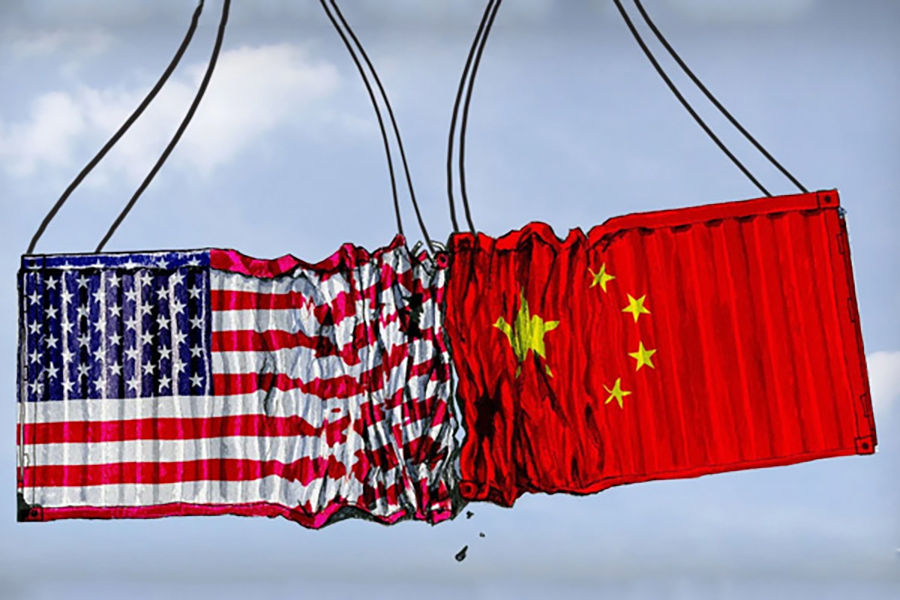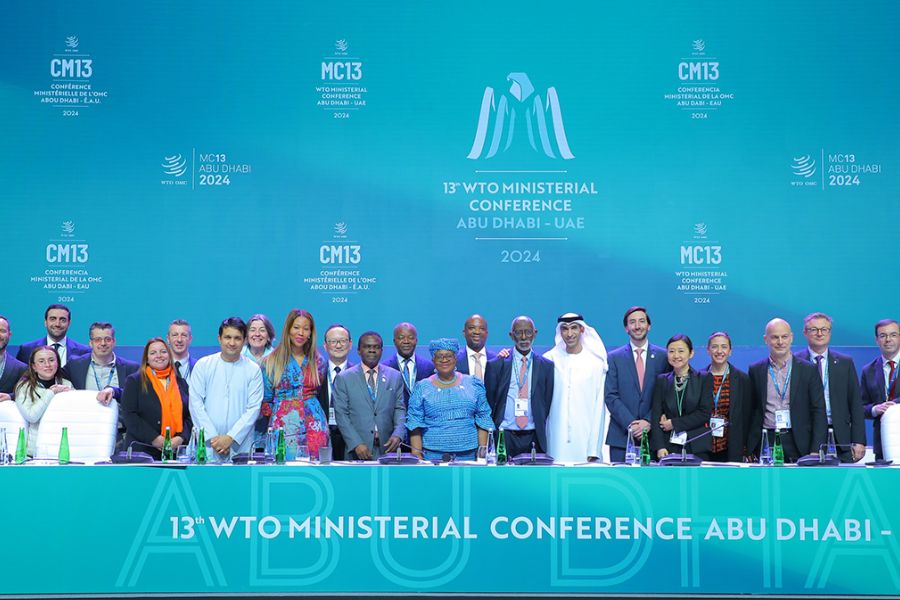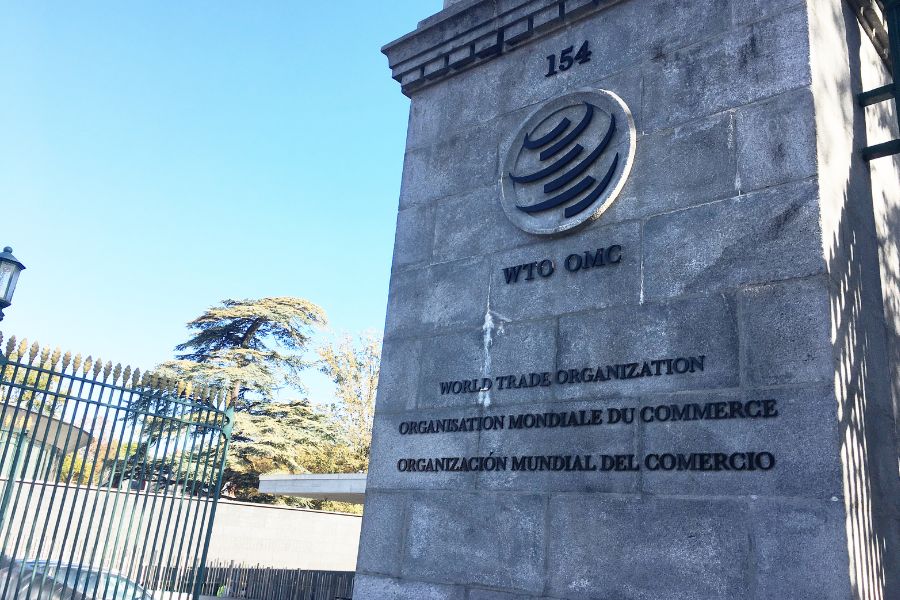Global trade post-Lehman: New horizons amidst legacy pains
• Over the past decade since the Lehman-led recession, trade growth has been tepid and protectionism has progressively increased. Trade growth in 2019 is projected to be the weakest since 2009.
• Trade momentum has decisively shifted to emerging markets, with trade between these markets growing by 10 times over a period of twenty years.
• Policy reforms in India have been positive in terms of boosting its trade readiness, but growth in terms of actual merchandise exports has been relatively weak.
• India must leverage its improved business environment to boost investment and promote competitiveness in specific sectors where it has the potential for long-term growth.

The year 2008 is vivid in our minds as the year of the Lehman crash that precipitated a global economic recession. But 2008 was also the year that marked another major event that had global implications – the Beijing Olympics. A mega spectacle in every sense, the Olympics were truly symbolic of the rise of China on the global stage. The consequent infrastructure boom was almost single-handedly driving global commodity prices. For instance, medium grade iron ore from India was selling at US$ 150 per tonne in China in 2008, a spurt of 70% YoY. The general consensus at that time was that China’s growth would continue to fuel global commodity demand till well after the Olympics were over.
The reality of the past decade or so has of course been starkly different. After Lehman happened, and global demand faltered, manufacturing, trade flows and job growth began to get affected throughout Europe and Asia. China realised to its despair that it wasn’t as ‘decoupled’ from the slowing economies of the West as initially presumed. The Chinese government pumped in 4 trillion yuan in 2008, which was heavily dependent on bank credit and led to huge infrastructure investments in China sans the requisite demand. Overcapacity due to weak demand propelled China to dump goods in other economies, which is seen as a major driving factor for the current trade war. Moreover, the commodity supercycle unravelled over time as China slowed, with negative repercussions for commodity rich economies like Brazil, Russia and Indonesia. Populism and protectionism were among the more obvious repercussions of the 2008 crisis, wherein countries have progressively moved towards less trade openness through various policy measures.
Imports of OECD countries grew at a CAGR of 1.25% between 2008 and 2018 as compared to 13% between 2001 and 2008, which indicates the magnitude of decline in global trade in the post-Lehman era. Prior to 2008, share of merchandise trade to GDP was on a constant rise, but after the crisis, it has been unable to replicate the same trend, and the outlook is only worse with the US-China trade war. In fact, WTO projects that volume of traded goods may slow down to 1.2% this year, the weakest level since 2009. India’s own growth in merchandise exports has remained relatively static during the past few years.
However, while developed countries, especially US, feel that growth of emerging economies over the past few decades has come at the cost of unbridled access to their markets, the needle has shifted considerably, over the past decade. A report by Standard Chartered Bank titled G7-E7 in 2018 highlights that companies from G-7 nations i.e. Canada, France, Germany, Italy, Japan, UK and US have an unmet potential for goods exports of around US$ 100 billion annually to E7 nations – Bangladesh, China, Indonesia, India, Nigeria, Pakistan and Vietnam. Around 20 years ago, 62% of all bilateral trade was between rich countries. By 2017, this had come down to 47%, while trade between emerging economies increased by 10 times during the period.
Though trade has been quite underwhelming in the past decade, there have been some spectacular success stories as well. Countries like Bangladesh, Vietnam, Rwanda and Ethiopia have been able to successfully leverage China’s declining export competitiveness, especially in labour intensive sectors like textiles. Vietnam has seen unprecedented success in electronics exports, while India has seen strong traction in sectors like automobiles, pharma and furniture making.
The Trade20 Index by Standard Chartered analyses 20 most important markets in terms of their potential for trade growth. The report assesses countries on three parameters – economic dynamism (growth in exports, GDP and FDI), trade readiness (market foundations to support future trade growth – enhancements in physical & digital infrastructure, e-commerce, ease of doing business) and export diversity (variety of products exported, and how export revenue is spread across the product range).
Nine of the top twenty economies are from the Asia Pacific, led by India, China, Sri Lanka and ASEAN countries (Vietnam, Indonesia, Thailand and the Philippines). Interestingly, the report shows a strong correlation between high ranks on the economic dynamism parameter and rise in merchandise exports to China over the past decade.
The report denotes India as a global giant of trade potential, highlighting the government’s continued focus on strong trade relations with US and China “despite geopolitical tensions”. Besides the obvious strengths of population and GDP growth, India also scores well on measures to improve ease of doing business, digital infrastructure, and use of technology to revamp the taxation system and sustained efforts to evolve as a global manufacturing hub.
However, while India is ranked 3rd in the trade readiness ranking, it does not rank among the top twenty economies in terms of economic dynamism and export diversity. In economic dynamism, Ireland, Singapore, Hong Kong and Switzerland lead the rankings, while Bahrain, Oman, Hungary, Qatar and Russia are on top when it comes to export diversity. India has shown a strong increase in export product diversity, (304%), but export revenue diversity has actually declined by 2% between 2008 and 2018. Similarly, India is also not among the top twenty in terms of rise in merchandise exports to China.
When it comes to export growth over the past decade, India ranks quite low with a degrowth of 5% in 2018 as compared to 2008. In comparison, countries like Cote d’Ivoire (8%), Malaysia (7%), Philippines (7%), Sri Lanka (5%) and Vietnam (3%) have fared much better in terms of export volume growth.
Going forward, India needs to leverage its potential to attract greater investments and boost its manufacturing potential. In this regard, the government’s decision to reduce corporate tax to 15% for greenfield manufacturing is a welcome step to attract greater investments, especially in the wake of opportunities emerging from the trade war. It is also important to identify and focus on the most promising sectors like furniture, food processing and electricals, where it has the potential to be competitive in the international market in the coming years. Also, there is an urgent need to incentivise export diversification, which also means pushing for greater market access to countries like China in particular, and trade agreements with potential export markets like the EU in the coming years.













Leave a comment